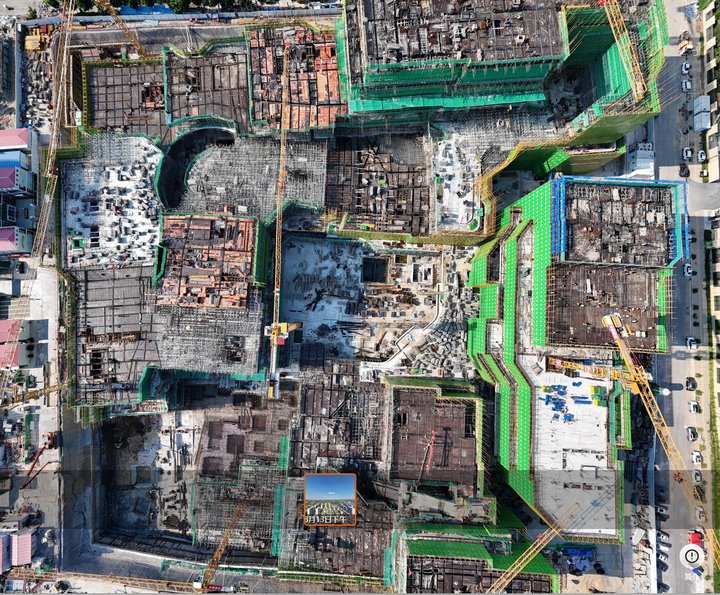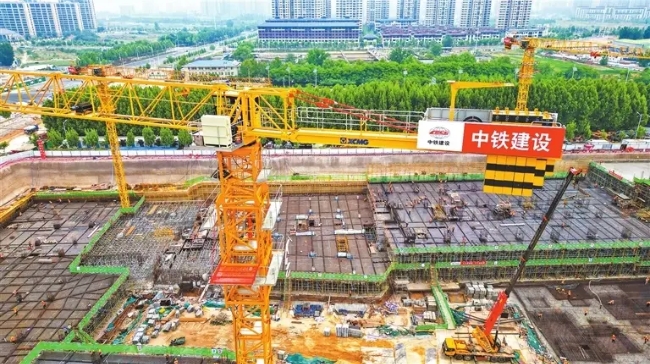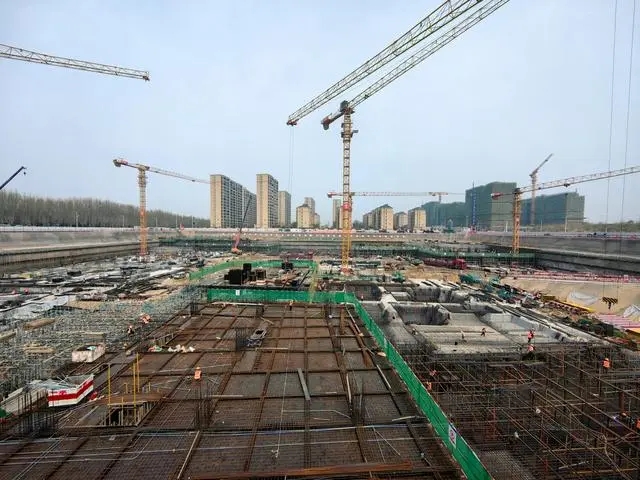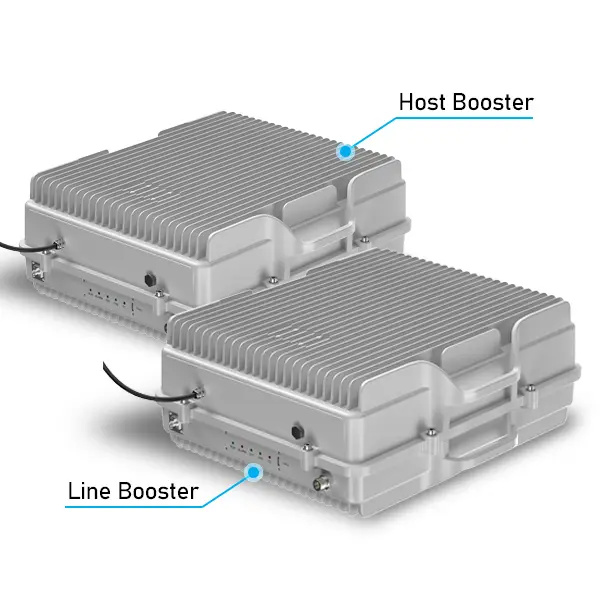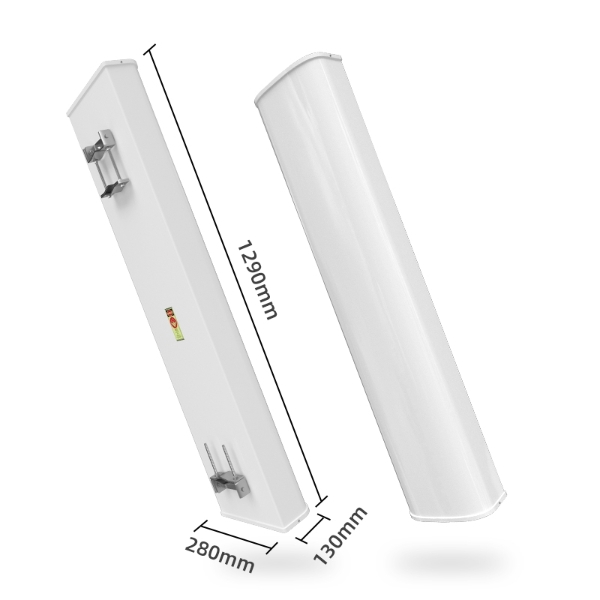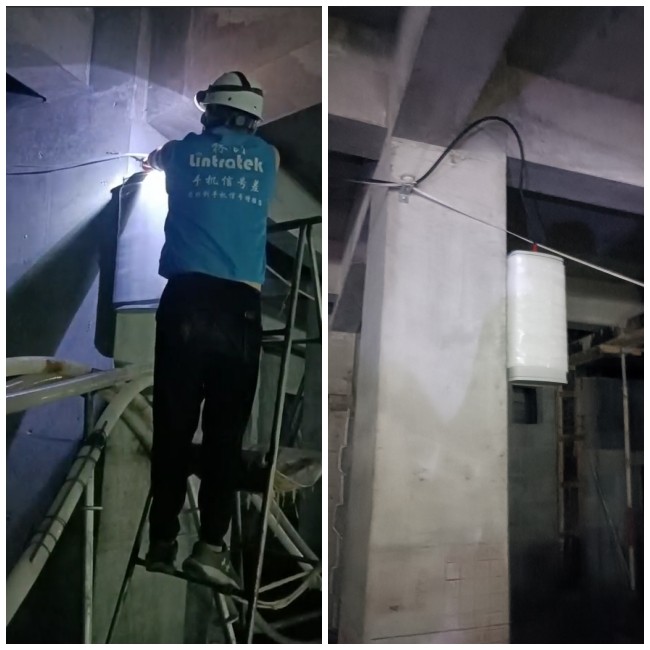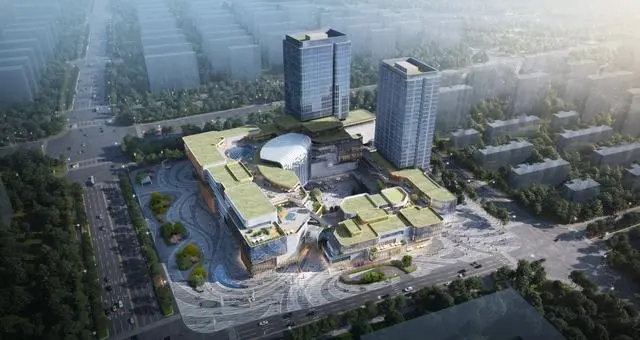In the bustling commercial district of Zhengzhou City, China, a new commercial complex Building is rising. However, for the construction workers, this building presents a unique challenge: once completed, the structure acts like a Faraday cage, blocking cellular signals. For a project of this scale, with a large construction crew involving multiple trades, efficient communication is essential. This is why the project team needs to solve signal dead zones immediately after the main structure is completed.
Question: Some readers ask, why not wait until the interior finishing stage to install a DAS cellular system?
Answer: Large commercial buildings like this one have extensive square footage and use significant amounts of concrete and steel, especially in the underground levels. This creates a Faraday cage effect as soon as the main structure is complete. As construction progresses, more infrastructure, such as water, electricity, and fire protection systems, is installed. Unlike older buildings, modern office/commercial buildings constructions involve more infrastructure, necessitating more robust communication. In the past, walkie-talkies were commonly used on construction sites for communication. However, in recent years, contractors have found that installing cell phone signal repeaters is more cost-effective. Additionally, personal cell phones can receive more data than walkie-talkies, providing greater access to information. As a result, using high power gain cell phone signal repeaters instead of walkie-talkies on construction sites has become increasingly common.
This project covers an area of 200,000 ㎡(2,152,000 ft²), including underground levels and some above-ground signal dead zones. Unlike completed commercial buildings, this environment is relatively open, without the interference of complex walls and decorative materials—only the foundation columns support the building’s structure.
Our technical team, considering the client’s needs, proposed an efficient and cost-effective solution:
Using a fiber optic repeater and panel antenna system. This system’s advantage lies in the fact that the building currently lacks walls and decorative materials, allowing for maximum use of the space. By using panel antennas, we can ensure extensive signal coverage and uniform distribution.
Implementing this solution not only addresses the communication needs of the construction workers but also facilitates project progress and safety management. Considering that the construction period for this project is two years, our solution is designed with both cost-effectiveness and reliability in mind, ensuring continuous cell signal coverage throughout the construction period.
This solution not only meets the communication needs of the construction workers but also helps the client save money. Our design avoids unnecessary complexity and costs, providing the most cost-effective solution.
It enhances the efficiency and quality of life for construction workers and provides solid communication support for smooth construction. This reflects the Lintratek technical team’s deep understanding of innovation and customer needs and our pursuit of excellence in technology.
Notably, towards the end of the project, Lintratek will also be the supplier of the Active DAS Cellular System for this commercial complex building. Previously, we completed a DAS project for a large commercial complex building in Shenzhen; click here to read more. This demonstrates Lintratek’s technical strength and scale, which have earned the favor of large commercial building projects. We look forward to the successful implementation of this project, contributing to the commercial development of Zhengzhou City’s urban construction.
Lintratek has been a professional manufacturer of mobile communication with equipment integrating R&D, production, and sales for 12 years. Signal coverage products in the field of mobile communications: mobile phone signal boosters, antennas, power splitters, couplers, etc.
Post time: Aug-28-2024








